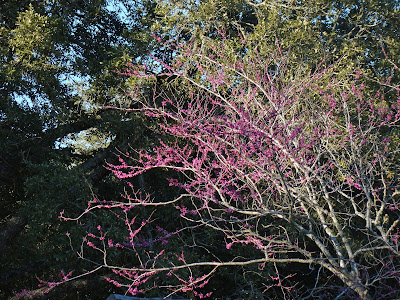Leander McNelly is another great name in Texas Ranger history, and another one that called the Brazos Valley home. After exemplary service in the CSA as a guerrilla leader in Louisiana, which won the undying devotion of his Rebel comrades, McNelly won the distinction among few disenfranchised Confederate Veterans to be recruited into the Texas State Police under "Scalawag" Governor Davis to preserve Law and Order in the days during "Reconstruction."
He then organized the Washington County Volunteer Militia to quell the the rampant murder of negroes, and to end once and for all the Taylor-Sutton Feud, which spread all over several counties, and ended in numerous deaths. Tactics of law enforcement in those days were harsh and yet effective. People in Waller County remembered the Rangers used a "sky-scaffold" to jail prisoners. An outlaw would be tied by the neck to an elevated platform, up high and exposed to the elements. The dangerous height made hanging as probable as escape if the prisoner were to leave the platform.
McNelly's success earned fear and respect from most Texans, who considered him to be a daring and courageous "Yankee," whichever side of the feud (or the war) they may have favored. According to one legend, he was captured by some of the feudists while undercover and was so eloquent in his own defense that they decided not to hang him.
Although the State Police were hated by most Texans as an arm of the Federal occupation, McNelly's personal reputation still won him a respected commission in the newly formed, post-Reconstruction Texas Rangers under Governor Coke. He became noted for taking his men into the most dangerous situations, and getting the bad guys with as few casualties as possible. There are a couple of books about him, and they are worth the read: Leander McNelly Texas Ranger, by Bob Scott and Cleaning Up the Nueces Strip, a personal account by George Durham, one of McNelly's Rangers, as told to Clyde Wantland.
McNelly was described by those who knew him as small and unpretentious, yet someone who inspired great loyalty and obedience. His men proudly called themselves "Little McNellys" in much the same spirit as the early Christians were called "little Christs." A quiet, religious man with an iron will, bad guys knew that fighting him would be a fight to the finish - and yet many chose to do so. With armed criminals McNelly took no prisoners, asked for no quarter, and gave none.
John King Fisher was one of several popular border outlaws relishing in a veritable criminal society in South Texas. He led a cattle rustling empire and the subsequent shooting war with the Rangers under McNelly. Deputized by three crooked county sheriffs, he simultaneously ran an army of cattle rustlers larger than the whole Ranger force. Although many died in that conflict, Fisher always eluded Ranger justice.
Every one of McNelly's men would have followed him through the "seven gates of Hell." And Texas in those days featured several of those gates. There were outraged and rapacious indians, ruthless Mexican cattle rustlers, bloody Southern feudists, and reckless gunslingers. McNelly's Rangers helped usher many of them to their enternal resting place. His men stood behind him with touching willingness to sacrifice. Much later in life George Durham openly bragged he was a McNelly, and hoped that when he died that he would go to an afterlife where the Captain might need his services again.
Born in Spanish Texas, Juan Cortina hated the Anglo invaders to his homeland, and even offered assistance to the Union Army during the American Civil War. A sort of frontier underworld "godfather" after the conflict, who had many ties in South Texas, he dedicated himself to robbing Texans whenever possible. McNelly took his men into the heart of the beast in Mexico, and provided Ranger retaliation and serious financial setbacks for the smuggling kingpin, and in the process established the bigger-than-life Texas Ranger myth in Mexico. Considered an outlaw and even a revolutionist on both sides of the border, the Mexican Goverment under Presidente Tejada finally put Cortina under house arrest to gain the favor of the American administration.
But here is the stange and amazing part. McNelly had a huge reputation all over the State. He was the scourge of King Fisher and Juan Cortina, and was openly feared by John Wesley Hardin and his ilk, and was credited to have orchestrated safety for South Texans out of wanton outlawry, yet he was only a Texas Ranger captain for less than two years. Having been summoned from his death bed in Burton by Major Jones, the Ranger Commander, he had accepted his Ranger commission as a nearly-dying man. That was in early 1875. As his condition worsened, his men carried him in a "bedroom wagon" from battle to battle. When he captured King Fisher he could hardly function from incessant coughing. When his medical care threatened to bankrupt the Ranger service, he was retired with considerable outcry from his men, and with no benefits. He died in September of 1877 of Tuberculosis when just 33 years of age.
R. I. P




































